Introduction
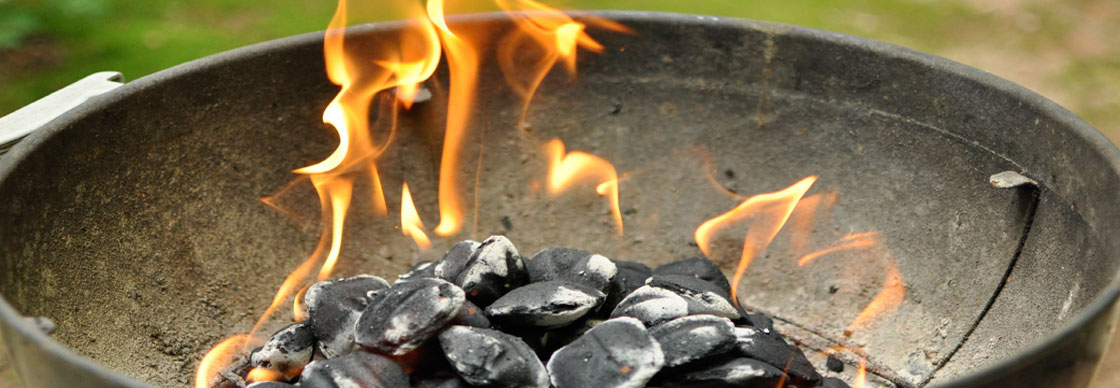
Grilling is a time-honored tradition that brings family and friends together for delicious meals and unforgettable moments. When it comes to choosing the right fuel for your grill, there are two popular options: charcoal and wood. Each has its own unique qualities and advantages. In this article, we will explore the differences between charcoal and wood, as well as the factors to consider when deciding which fuel to use. Whether you prefer the convenience of charcoal or the flavor-enhancing properties of wood, making an informed choice can elevate your grilling experience to new heights. Join us as we delve into the world of charcoal vs. wood grilling.
Why Choosing The Right Fuel For Your Grill Is Important
Choosing the right fuel for your grill is important because it can greatly impact the flavor, aroma, and overall grilling experience. Charcoal and wood offer different advantages and characteristics that can enhance the taste of your food. The fuel you choose also affects the heat intensity and cooking time of your grill. Additionally, using the right fuel can help you achieve the desired smoky flavor and charred appearance for certain dishes. Whether you prefer the convenience of charcoal or the unique flavors of wood, selecting the right fuel is key to achieving delicious and satisfying results.
Factors To Consider When Deciding Between Charcoal And Wood
There are several factors to consider when deciding between charcoal and wood for your grill. Firstly, consider the flavor profile you want to achieve. Charcoal provides a more consistent and neutral flavor, while wood imparts a distinct smoky flavor that varies depending on the type of wood used. Secondly, think about convenience and ease of use. Charcoal is readily available, easy to ignite, and offers a quicker grilling experience. On the other hand, wood requires more preparation and can take longer to reach the desired temperature. Finally, consider budget and availability. Charcoal is generally more affordable and widely accessible, while certain types of wood can be more expensive and harder to find.
Charcoal

Charcoal is a popular fuel choice for grilling enthusiasts. It is widely available and offers a convenient and efficient grilling experience. There are different types of charcoal available, including briquettes and lump charcoal. Briquettes are compressed charcoal mixed with other ingredients to provide a more consistent burn, while lump charcoal is made from pure hardwood. Charcoal provides a neutral flavor that allows the natural taste of the food to shine through. It is easy to ignite and reaches high temperatures quickly, making it ideal for quick and convenient grilling sessions.
Types Of Charcoal Available For Grilling
There are two main types of charcoal available for grilling: lump charcoal and briquettes.
- Lump charcoal: This type of charcoal is made from pure hardwood, typically from trees like oak, hickory, or mesquite. It is all-natural and produces less ash compared to briquettes. Lump charcoal burns hotter and faster, making it ideal for searing and high-heat grilling.
- Briquettes: Briquettes are a compressed mix of charcoal and other ingredients, such as sawdust, binders, and additives. They are uniform in size and shape, which allows for consistent heat distribution. Briquettes burn longer and provide a more controlled and steady heat. They are a popular choice for slow and low grilling.
Both types of charcoal have their advantages and can be used based on personal preference and grilling needs.
Benefits Of Using Charcoal As A Fuel For Your Grill
Charcoal offers several benefits as a fuel for your grill. Firstly, it provides a distinct smoky flavor that enhances the taste of grilled food. The high heat generated by charcoal allows for excellent searing and creates those desirable grill marks. Charcoal also burns longer, providing a more extended cooking time without the need for constant refueling. Additionally, charcoal produces less ash compared to other fuels, resulting in easier cleanup. Overall, using charcoal as a fuel for your grill ensures a delicious and authentic grilling experience.
Charcoal Grilling Techniques
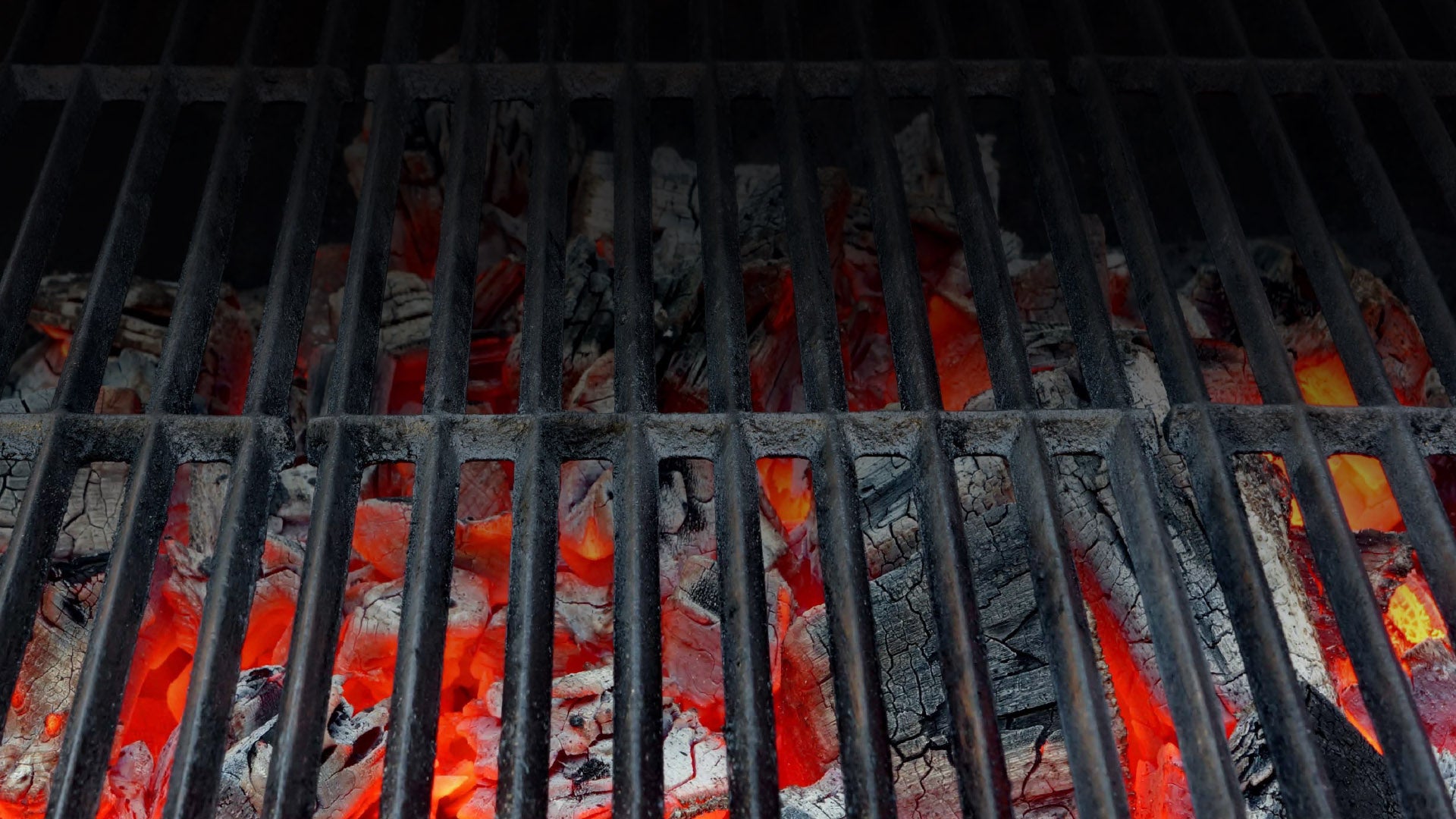
When it comes to charcoal grilling techniques, there are a few tips and tricks that can help you achieve the best results. Firstly, make sure to properly light your charcoal using a chimney starter or charcoal starter fluid. This will ensure even heat distribution and minimize the chance of off flavors from lighter fluid. Additionally, consider using a two-zone fire setup by keeping the coals on one side of the grill. This allows for both direct and indirect heat cooking. Lastly, keep the grill lid closed as much as possible to retain heat and smoke for a delicious smoky flavor.
Tips And Tricks For Using Charcoal Effectively
- Use a chimney starter or charcoal starter fluid to properly light your charcoal. This ensures even heat distribution and minimizes the chance of off flavors from lighter fluid.
- Consider using a two-zone fire setup by keeping the coals on one side of the grill. This allows for both direct and indirect heat cooking.
- Keep the grill lid closed as much as possible to retain heat and smoke for a delicious smoky flavor.
- Control the temperature by adjusting the airflow vents on the grill. Opening the vents allows for more oxygen and increases the heat, while closing them reduces the heat.
- Add soaked wood chips or chunks to the charcoal for additional smoky flavor.
- Be mindful of the cooking time and timing. Charcoal burns faster than wood, so be prepared to replenish the charcoal if needed during longer cooking sessions.
- Clean and maintain your grill regularly to ensure optimal charcoal burning and grilling performance.
How To Control Heat And Achieve Desired Results With Charcoal
Controlling the heat and achieving desired results with charcoal requires careful monitoring and adjustments. Start by properly lighting the charcoal using a chimney starter or starter fluid to ensure even heat distribution. Once the coals are lit, you can control the heat by adjusting the airflow vents on the grill. Opening the vents allows for more oxygen, increasing the heat, while closing them reduces the heat. Remember to keep the grill lid closed as much as possible to retain heat and smoke for a delicious flavor. Regularly monitor the temperature using a grill thermometer and make adjustments as needed.
Wood
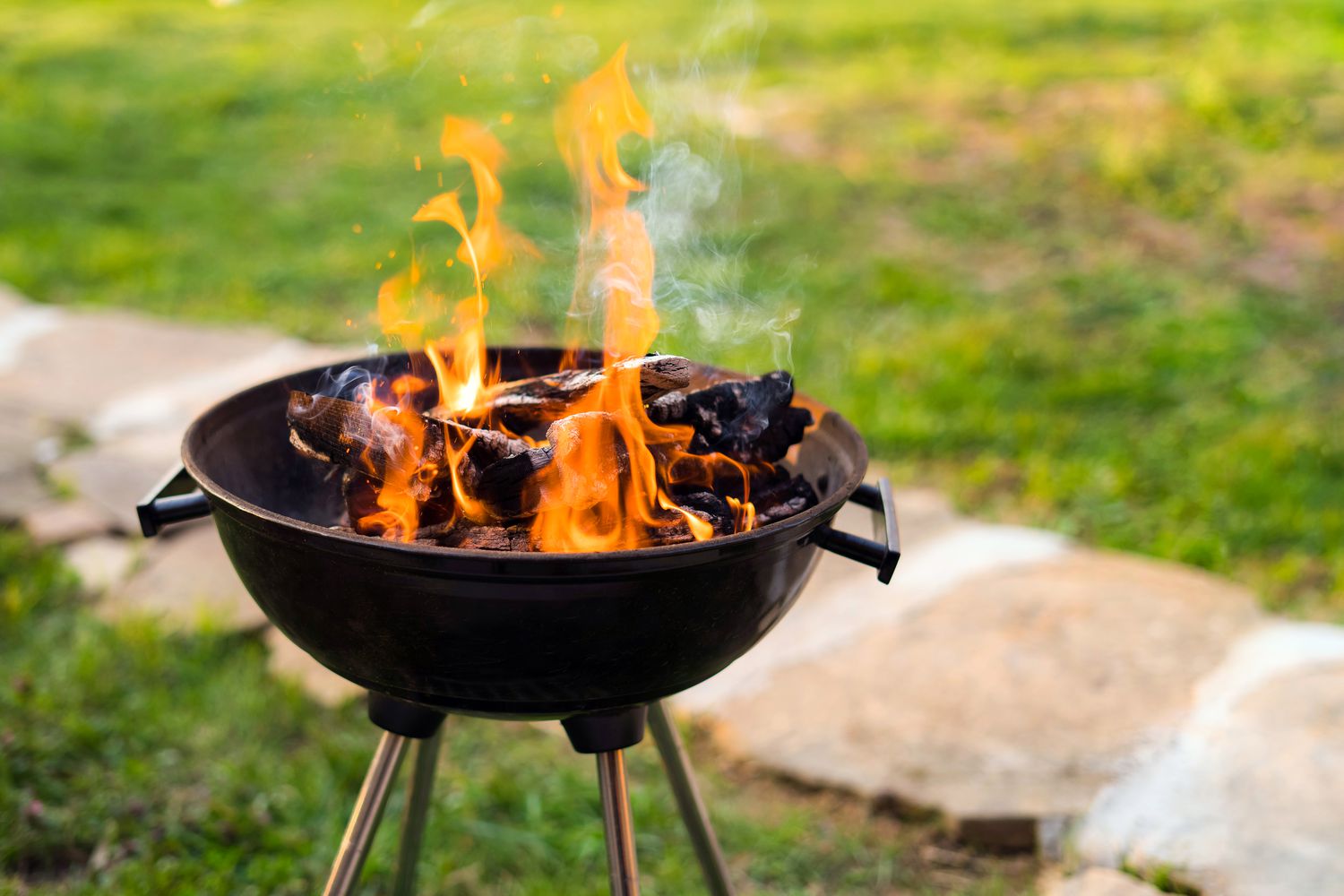
Wood is another fuel option for grilling that offers its own set of advantages. There are different types of wood that can be used, such as hickory, mesquite, and applewood, each providing a distinct flavor to your food. The use of wood as a fuel can enhance the smoky taste and aroma of your grilled dishes. It also allows for greater control over the intensity of the smoke, giving you the ability to customize the flavor profile of your food. However, using wood as a fuel may require more time and effort in terms of preparation and maintenance compared to charcoal.
Different Types Of Wood Used For Grilling
There are various types of wood that can be used for grilling, each imparting a unique flavor to your food. Some popular options include:
- Hickory: Known for its strong, smoky flavor, hickory wood is often used for grilling meats like pork and beef.
- Mesquite: Mesquite wood adds a bold, earthy flavor to grilled dishes and is particularly well-suited for grilling steaks and poultry.
- Applewood: With a sweet and fruity aroma, applewood is ideal for grilling fish, poultry, and vegetables, adding a delicate and slightly sweet flavor.
- Oak: Oak wood provides a medium to strong smoky flavor and is versatile enough for grilling a variety of meats.
- Cherry: Cherry wood adds a touch of sweetness to grilled dishes and pairs well with pork, chicken, and lamb.
It’s essential to choose the right wood type based on the flavors you want to enhance in your grilled food.
Advantages Of Using Wood As A Fuel For Your Grill
Using wood as a fuel for your grill offers several advantages. First, wood imparts a distinct and natural smoky flavor to your food, enhancing its taste and aroma. Additionally, different types of wood can produce unique flavors, allowing you to experiment and create a variety of grilled dishes. Wood also burns at a slightly lower temperature than charcoal, making it ideal for slow and low cooking methods. Lastly, grilling with wood is an eco-friendly option as it is a renewable resource and produces less carbon emissions compared to charcoal.
Wood Grilling Techniques
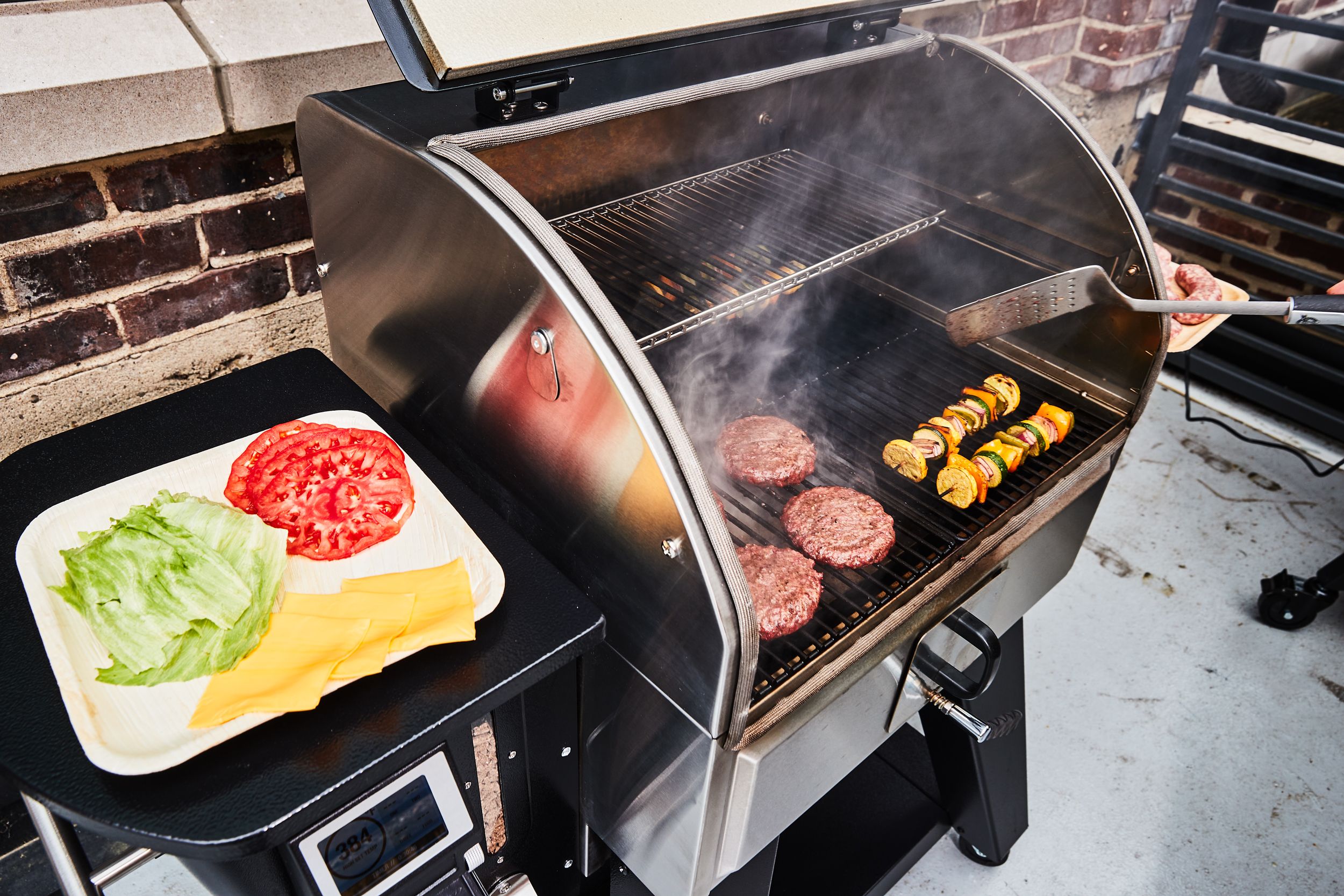
When grilling with wood, there are a few techniques to keep in mind for the best results. First, it’s important to properly prepare the wood by soaking it in water for about 30 minutes to prevent it from burning too quickly. Another technique is to create a hot and cool zone on the grill by placing the wood on one side and the food on the other, allowing for indirect heat and a slower cooking process. Additionally, using wood chips or chunks can help control the intensity of the smoke flavor. Experimenting with different wood types and their smoke intensity can also enhance the flavor profile of your grilled dishes. Overall, mastering these wood grilling techniques can elevate your cooking experience and create delicious, smoky flavors.
Tips And Tricks For Grilling With Wood
- Soak the wood chips or chunks in water for about 30 minutes before using them to prevent them from burning too quickly.
- Create a hot and cool zone on the grill by placing the wood on one side and the food on the other. This allows for indirect heat and a slower cooking process.
- Experiment with different wood types to enhance the flavor profile of your grilled dishes. Some popular options include hickory for a strong smoky flavor, applewood for a subtle sweetness, or mesquite for a bold and intense taste.
- Use wood chips or chunks in a smoker box or wrap them in foil with small holes to control the intensity of the smoke flavor.
- Monitor the temperature closely and adjust the amount of wood used to achieve the desired level of smokiness.
- Practice patience and allow enough time for the wood to fully ignite and produce a consistent heat source for grilling.
- Clean the grill grates thoroughly after each use to prevent the accumulation of residue and ensure optimal flavor for your next wood grilling session.
Flavor Profiles And Smoke Intensity Of Different Wood Types
Different types of wood used for grilling offer a variety of flavor profiles and smoke intensities. For example, hickory is known for its strong, smoky flavor and is ideal for red meats and poultry. Applewood, on the other hand, provides a subtle sweetness perfect for pork and poultry. Mesquite wood offers a bold and intense smoke flavor, enhancing the taste of beef and game meats. Alderwood adds a delicate smokiness, ideal for seafood and lighter meats. Oak wood provides a medium smoke intensity, making it versatile for a wide range of dishes. Experimenting with different wood types allows for customized flavor experiences on the grill.
Making The Choice

When it comes to making the choice between charcoal and wood as fuel for your grill, there are a few key factors to consider. Firstly, think about your personal preferences and cooking style. If you value convenience and consistency, charcoal is likely the better option. On the other hand, if you are passionate about achieving optimal flavor and don’t mind investing some time in prep work, wood grilling is the way to go.
Additionally, consider the type of barbecue you want. If you’re looking for a smoky and robust flavor, wood is the ideal choice. However, if you prefer a milder taste, charcoal might be more suitable.
Ultimately, weighing the pros and cons of each fuel option will help you make an informed decision based on your specific needs and preferences. Whichever fuel you choose, both charcoal and wood offer unique advantages that can elevate your grilling experience.
Factors To Consider When Choosing Between Charcoal And Wood
When choosing between charcoal and wood as the fuel for your grill, there are several factors to consider. Firstly, think about your personal preferences and cooking style. If convenience and consistency are important to you, charcoal may be the better option. However, if you value the unique flavors and aroma that wood grilling offers and don’t mind investing more time and effort, wood may be the way to go. Additionally, budget may play a role since wood grilling can be more expensive than charcoal. Ultimately, make sure to choose the fuel that aligns with your specific needs and preferences.
Pros And Cons Of Each Fuel Option For Your Grill
When it comes to choosing between charcoal and wood as the fuel for your grill, each option has its pros and cons.
Charcoal offers convenience and consistency, making it a popular choice for quick and easy grilling. It also provides a deep smoky flavor that many grill enthusiasts love. However, charcoal can be more expensive and may require additional accessories for proper ventilation and heat control.
On the other hand, wood grilling offers unique flavors and aromas that cannot be replicated. It allows for experimentation with different wood types to achieve specific taste profiles. However, wood grilling requires more effort, time, and skill, as temperature control can be more challenging.
Ultimately, the choice between charcoal and wood will depend on your personal preferences, desired flavors, and willingness to invest time and effort in your grilling experience.
FAQ: Charcoal vs. Wood
Q: What is the difference between charcoal and wood?
A: Charcoal is a fuel source made from heating wood in the absence of oxygen. Wood, on the other hand, is the natural material from trees that can be burned for heat or used as a building material.
Q: Which burns hotter, charcoal or wood?
A: Generally, charcoal burns hotter and produces more consistent heat compared to wood. This makes it a preferred choice for grilling, BBQ, and other applications where high temperatures are desired.
Q: Does charcoal or wood produce more smoke?
A: Wood tends to produce more smoke than charcoal when burned. This can add a distinct flavor to foods when grilling or smoking. Charcoal, however, produces less smoke and is better suited for a cleaner and more controlled cooking experience.
Q: Is there any difference in taste between food cooked with charcoal and wood?
A: Yes, there can be a difference in taste. The smoke from burning wood imparts unique flavors to the food, creating a smoky and distinct taste. Charcoal, although it produces less smoke, still provides a subtle smoky flavor but may not be as pronounced as when using wood.
Q: Which is more convenient to use, charcoal or wood?
A: Charcoal is generally considered more convenient to use due to its ease of lighting, consistent heat output, and longer burn time. It is available in various forms, such as briquettes or lump charcoal, which can be easily ignited. Wood, however, requires more effort to start and maintain a fire.
Q: Can charcoal or wood be used interchangeably?
A: While both charcoal and wood can be used as fuel sources, they have differences in heat output, smoke production, and convenience. It’s essential to consider the specific application and desired results before deciding which to use.
Q: Is one option more environmentally friendly than the other?
A: Wood can be considered a more sustainable and environmentally friendly choice as it is a renewable resource. Charcoal, on the other hand, is generally made from hardwood, leading to deforestation and environmental concerns. However, there are sustainably produced charcoal options available, such as those made from coconut shells.
Q: Can I use both charcoal and wood together?
A: Yes, you can use a combination of charcoal and wood to get the benefits of both fuels. This is commonly done in BBQ and grilling to achieve a balance between high heat and smoky flavors.
Q: How should I store charcoal and wood?
A: Both charcoal and wood should be stored in a dry area to prevent moisture absorption. Charcoal bags should be sealed tightly to keep out humidity. Wood should be stored in a well-ventilated area to minimize mold growth.
Q: Where can I buy charcoal and wood?
A: Both charcoal and wood can be purchased at most home improvement stores, grocery stores, and specialized BBQ or outdoor cooking retailers. They are widely available in various forms and sizes to suit different needs.
In conclusion, charcoal and wood have their unique qualities and offer different benefits. Whether you choose to use charcoal or wood depends on factors such as desired heat output, smoke level, taste preferences, convenience, and environmental concerns. Consider the specific application and your personal preferences to make the best choice for your needs.
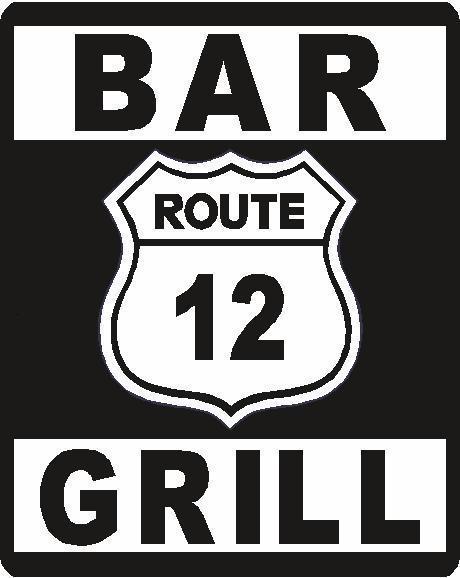
Come for The Burgers… Stay for The Beers!